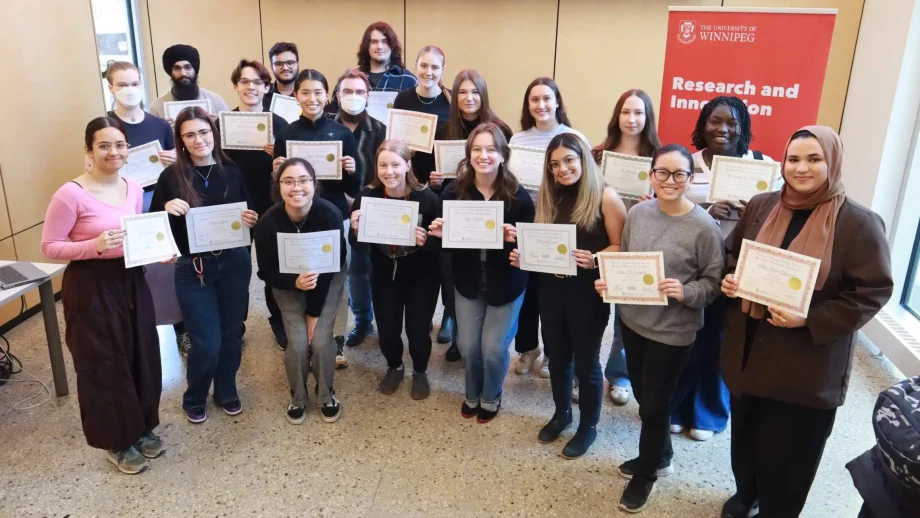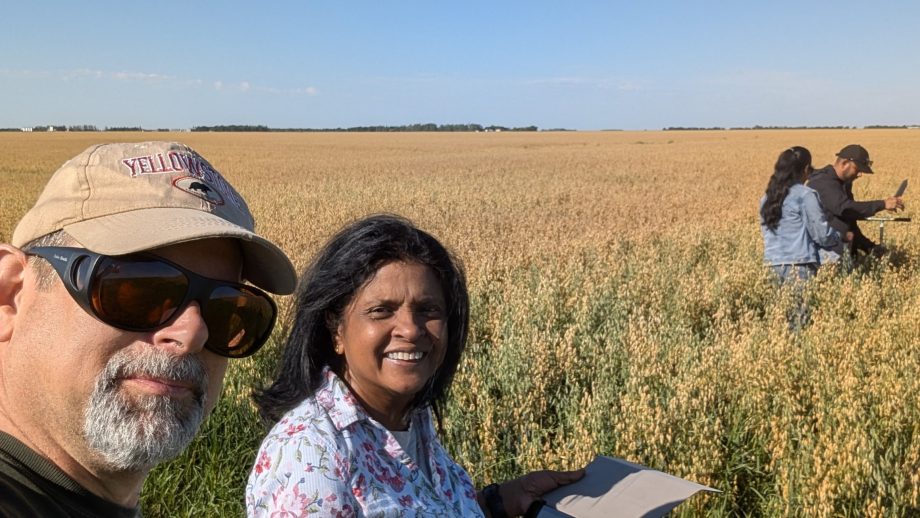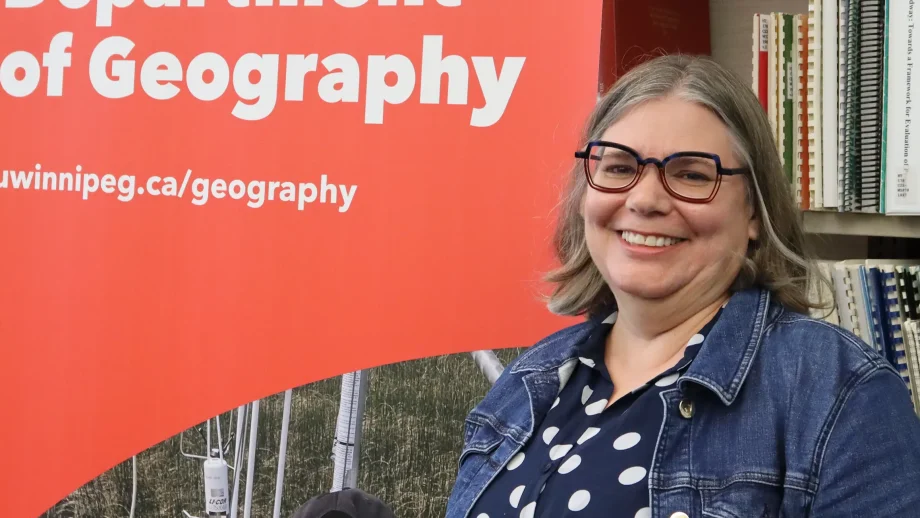UWinnipeg post-doctoral scholar, Dr. Sheryl Herrera is transforming biomedical research – and hopes to one day find a cure for debilitating diseases like Alzheimer’s.
Herrera received a Mitacs Elevate postdoctoral fellowship to work with Cubresa, Inc., developing applications for improved diagnosis and treatment of central nervous system disorders.
She loves every minute of it.
She is making such important contributions to industry,” said Martin. “I’m excited that the work we are doing is making such an impact.
Dr. Melanie Martin
“I enjoy performing experiments and seeing how ideas and theories in physics can be applied in medical research,” she said.
Herrera is investigating how magnetic resonance imaging (MRI) and positron emission tomography (PET) can work together to let researchers and medical professionals visualize and measure biomedical processes at the molecular level.
“Using MRI and PET simultaneously allows us to see the anatomical as well as the functional side of imaging,” she explained. “This can be used to aid our understanding of disease, which is necessary in finding a cure.”
Dr. Melanie Martin is her academic supervisor, and has been an inspiration to Herrera since they began research together more than a decade ago. Martin is director of the Magnetic Resonance Microscopy (MRM) Centre at UWinnipeg.
Martin’s passion for medical physics inspired Herrera’s honours degree, and continued to influence her throughout her master’s and PhD, which Herrera completed at the University of Manitoba under Martin’s supervision, before returning to UWinnipeg as a post-doc.
“Working with Melanie in the MRM Centre has given me the opportunity to be involved with other research projects while doing my own work, giving me a broader idea of how to apply MRI to others’ research to understand the disease better,” she said.
Martin is proud that the skills Herrera developed in her lab are influencing the development of cutting-edge tools.
“She is making such important contributions to industry,” said Martin. “I’m excited that the work we are doing is making such an impact.”
Read this article in the Spring 2019 edition of UWinnipeg magazine.





